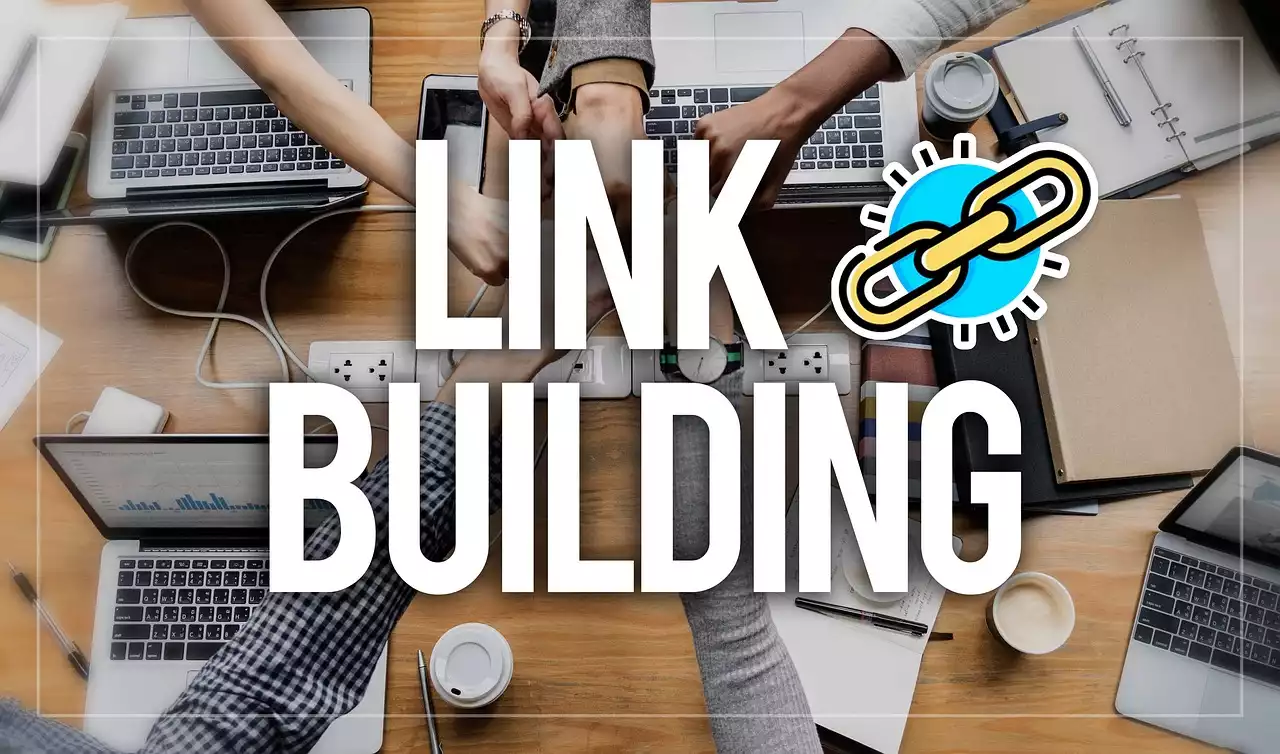Why High-Quality Backlinks Matter for SEO
Backlinks are one of the most important factors that search engines use to determine the relevance and authority of a website. When a website links to your site, it's essentially vouching for the quality of your content. The more high-quality backlinks you have, the more likely it is that search engines will view your website as a valuable resource and rank it higher in search results.
However, not all backlinks are created equal. In the early days of SEO, website owners would try to game the system by building as many backlinks as possible, regardless of the quality of the linking sites. This led to the rise of spammy link building practices, such as link farms and paid links, which are now frowned upon by search engines. In fact, building low-quality backlinks can actually hurt your SEO efforts and lead to penalties from search engines.
So, when it comes to backlinks, quality is much more important than quantity. You want to focus on building high-quality backlinks from relevant, authoritative websites in your industry. This not only improves your search engine rankings but also drives targeted traffic to your site from people who are interested in your content.
Types of Backlinks and Their Impact on SEO
There are several types of backlinks, and each one has a different impact on your SEO. Here are the most common types of backlinks:
1. Natural Backlinks
Natural backlinks are links that other websites give to your site without any effort on your part. These links are usually the result of high-quality content that is shared and linked to organically. Natural backlinks are the most valuable type of backlink because they are difficult to manipulate and demonstrate that your content is valuable and authoritative.
2. Manual Backlinks
Manual backlinks are links that you actively build by reaching out to other websites and asking them to link to your content. This can be done through guest posting, broken link building, or other link building strategies. While manual backlinks can be valuable, they are not as powerful as natural backlinks and can be more difficult to acquire.
3. Self-Created Backlinks
Self-created backlinks are links that you create yourself, such as in forum signatures, blog comments, or social media profiles. These types of backlinks are generally considered low-quality and should be avoided as they can lead to penalties from search engines.
4. Paid Backlinks
Paid backlinks are links that you pay for, either through sponsored content or link buying. Paid backlinks are against Google's guidelines and can lead to penalties or even a complete removal from search results.
When it comes to building high-quality backlinks, it's important to focus on natural and manual backlinks from relevant and authoritative websites.
Understanding Domain Authority and Page Authority
When it comes to backlinks, not all websites are created equal. Some websites have more authority than others, and a backlink from a high-authority site can have a much bigger impact on your SEO than a backlink from a low-authority site.
Domain Authority (DA) and Page Authority (PA) are metrics developed by Moz that measure the authority of a website and a specific page, respectively. DA and PA are measured on a scale of 0-100, with higher scores indicating more authority.
When building backlinks, it's important to focus on websites and pages with high DA and PA scores. However, keep in mind that relevance is also important. A backlink from a low-authority site that is highly relevant to your content may be more valuable than a backlink from a high-authority site that is not relevant.
How to Find Relevant and Authoritative Websites for Backlinks
Finding relevant and authoritative websites for backlinks can be a challenge. Here are some strategies to help you identify potential linking opportunities:
1. Competitor Analysis
One of the best ways to find linking opportunities is to analyze your competitors' backlink profiles. Use a tool like Ahrefs or Moz to see which websites are linking to your competitors and identify potential linking opportunities for your own site.
2. Guest Blogging
Guest blogging is a popular link building strategy that involves writing a guest post for another website in your industry in exchange for a backlink to your site. Look for websites that accept guest posts and pitch them with a high-quality article idea that is relevant to their audience.
3. Broken Link Building
Broken link building involves finding broken links on other websites and offering to replace them with a link to your own content. Use a tool like Check My Links or Broken Link Checker to identify broken links on websites in your industry and pitch them with a replacement link to your own content.
4. Skyscraper Technique
The Skyscraper Technique involves finding popular content in your industry and creating a better version of it. Once you have created your content, reach out to websites that have linked to the original content and pitch them with a link to your improved version.
Techniques for Building High-Quality Backlinks
Now that you know how to find linking opportunities, let's explore some techniques for building high-quality backlinks:
1. Create High-Quality Content
The most effective way to build high-quality backlinks is to create high-quality content that people want to link to. This can include blog posts, infographics, videos, and other types of content that provide value to your audience.
2. Reach Out to Influencers
Identify influencers in your industry and reach out to them with a personalized email asking for a link to your content. Make sure to provide value to the influencer in some way, such as by sharing their content or offering to collaborate on a project.
3. Participate in Online Communities
Join online communities in your industry, such as forums, Facebook groups, and LinkedIn groups, and participate in discussions. Share your content when relevant and engage with other members. This can lead to natural backlinks as other members share your content with their own audiences.
4. Use Social Media
Promote your content on social media and encourage your followers to share it with their own audiences. This can lead to natural backlinks as your content is shared across the web.
Common Mistakes to Avoid When Building Backlinks
While building backlinks can be an effective SEO strategy, there are also some common mistakes to avoid:
1. Building Low-Quality Backlinks
As we mentioned earlier, building low-quality backlinks can actually hurt your SEO efforts. Avoid self-created backlinks, paid backlinks, and other spammy link building practices.
2. Focusing Too Much on Quantity
It's important to focus on quality over quantity when it comes to backlinks. A few high-quality backlinks can be more valuable than many low-quality backlinks.
3. Ignoring Relevance
Make sure that the websites you are building backlinks from are relevant to your industry and audience. Backlinks from irrelevant websites may not have much of an impact on your SEO.
Tools to Help with Backlink Building
There are several tools available that can help you with your backlink building efforts. Here are a few of the most popular:
1. Ahrefs
Ahrefs is a powerful SEO tool that includes a backlink checker, keyword research tool, and more. Use Ahrefs to analyze your competitors' backlink profiles and identify potential linking opportunities for your own site.
2. Moz
Moz is another popular SEO tool that includes a backlink checker, keyword research tool, and more. Use Moz to analyze your website's DA and PA scores and track your backlink building progress.
3. SEMrush
SEMrush is an all-in-one marketing tool that includes a backlink checker, keyword research tool, and more. Use SEMrush to analyze your competitors' backlink profiles and track your own backlink building progress.
The Importance of Monitoring and Maintaining Your Backlinks
Once you have built a strong backlink profile, it's important to monitor and maintain your backlinks to ensure that they continue to provide value to your SEO efforts. Use a tool like Ahrefs or Moz to regularly monitor your backlinks and identify any low-quality or broken links that need to be removed or replaced.
In addition, continue to create high-quality content and engage with your audience to attract natural backlinks. Building a strong backlink profile is an ongoing process that requires consistent effort and attention.









